Recovering From 2020 Requires Supporting Students, Starting With Their Basic Needs
Edsurge
DECEMBER 31, 2020
Despite having been here before, the 2008 recession resulted in little structural change to address these problems. Current public benefit policies promote “work first” even if it is low-wage, low-mobility work, unduly and unjustly discouraging education as a pathway to economic mobility and security.



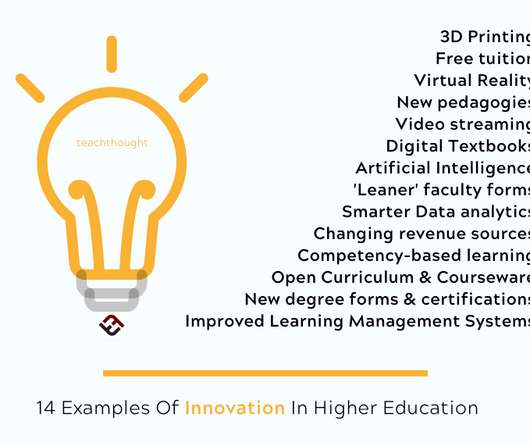
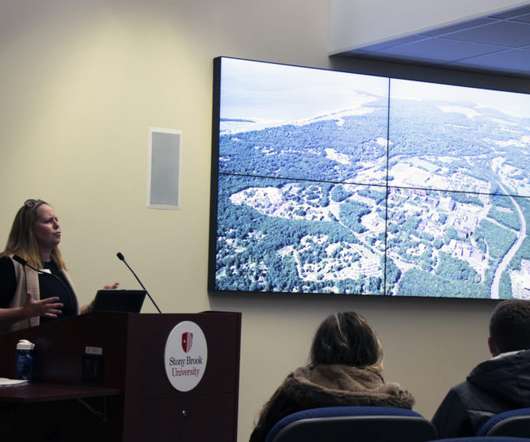


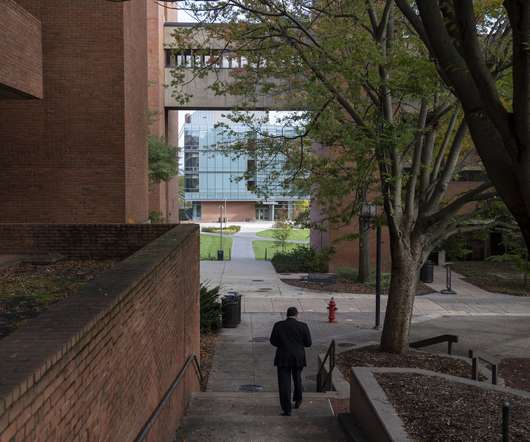









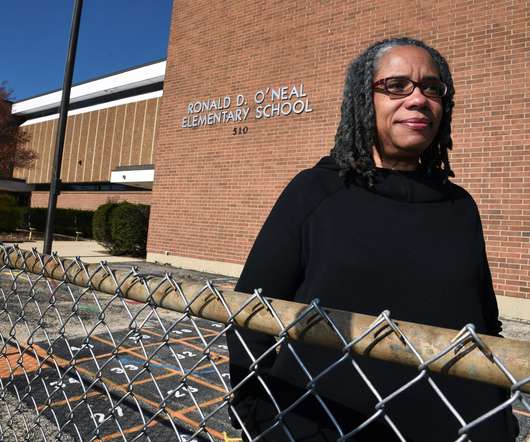
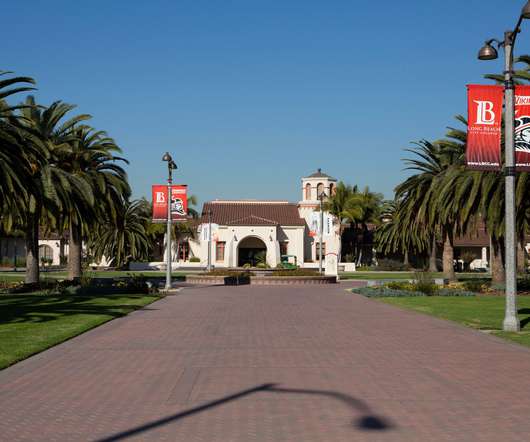












Let's personalize your content